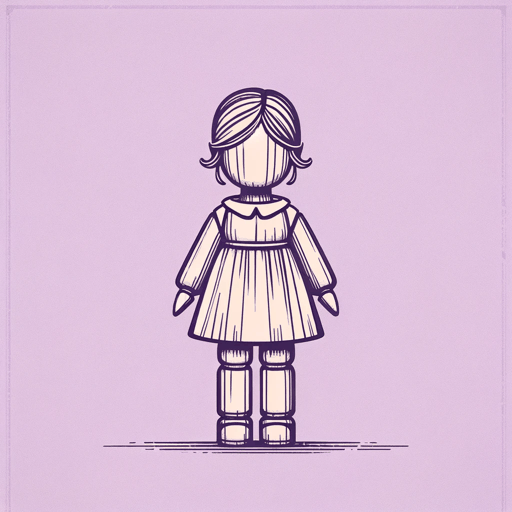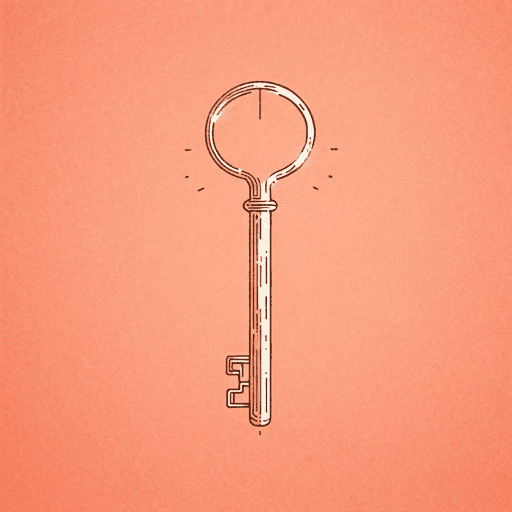80 pages • 2 hours read
Padma VenkatramanThe Bridge Home
Fiction | Novel | Middle Grade | Published in 2019A modern alternative to SparkNotes and CliffsNotes, SuperSummary offers high-quality Study Guides with detailed chapter summaries and analysis of major themes, characters, and more. For select classroom titles, we also provide Teaching Guides with discussion and quiz questions to prompt student engagement.
Symbols & Motifs
Water
Water figures prominently in the narrative, serving both as a life-giving necessity and a burdensome danger. Venkatraman figuratively uses water to imply a brooding, powerful presence that is beneficial or deadly, which is to say water is a metaphor for the divine. The ambivalent nature of water is captured in one of the earliest references to the river in Chapter 9: The children go to the river in the morning, swimming and bathing in joy as trash floats past them. Soon, Viji must dip her bottle in an untreated water source since they have no way to purify it before they drink. The paucity of clean water—a clear awareness of the lack of a divine presence—is commented on when Teashop Aunty tells the sisters that no additional water will be available until 4 am the next morning.
Monsoon season approaches as the story draws to its denouement, intensifying both the blessing and the curse of water. Viji collects rainwater knowing it is safe to drink while the early monsoon rains inundate the children’s shelter, making it virtually uninhabitable. This sets the stage for Muthu’s poignant comparison of drowned worms to dead human beings: God recognizes human plight, but cannot be more concerned with human suffering than humans are about drowned worms.
Related Titles
By Padma Venkatraman
Featured Collections
Brothers & Sisters
View Collection
Class
View Collection
Class
View Collection
Disability
View Collection
Indian Literature
View Collection
Juvenile Literature
View Collection
Poverty & Homelessness
View Collection
Religion & Spirituality
View Collection
Required Reading Lists
View Collection
Sexual Harassment & Violence
View Collection



